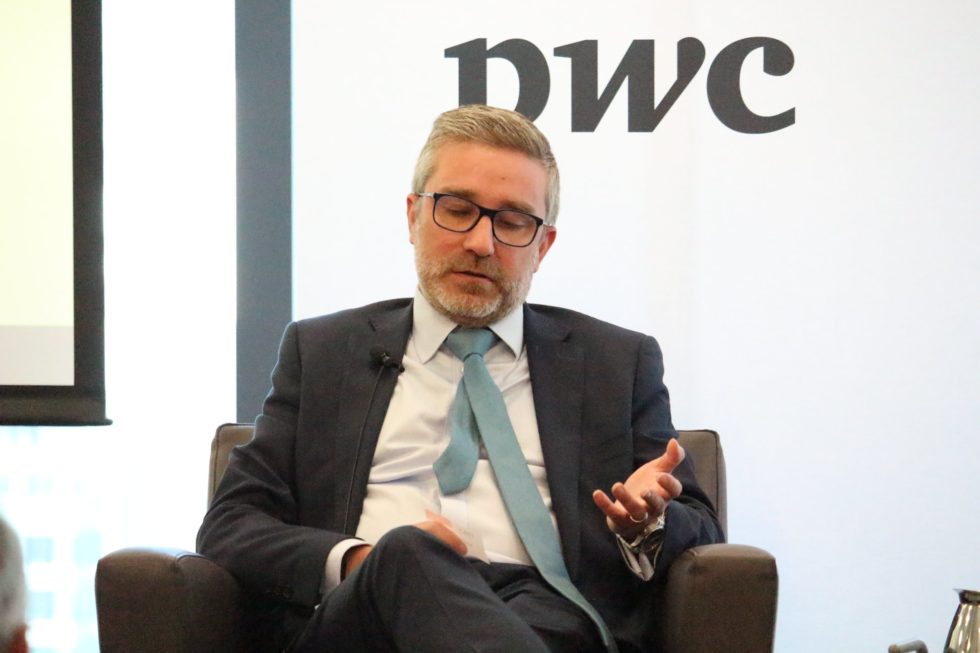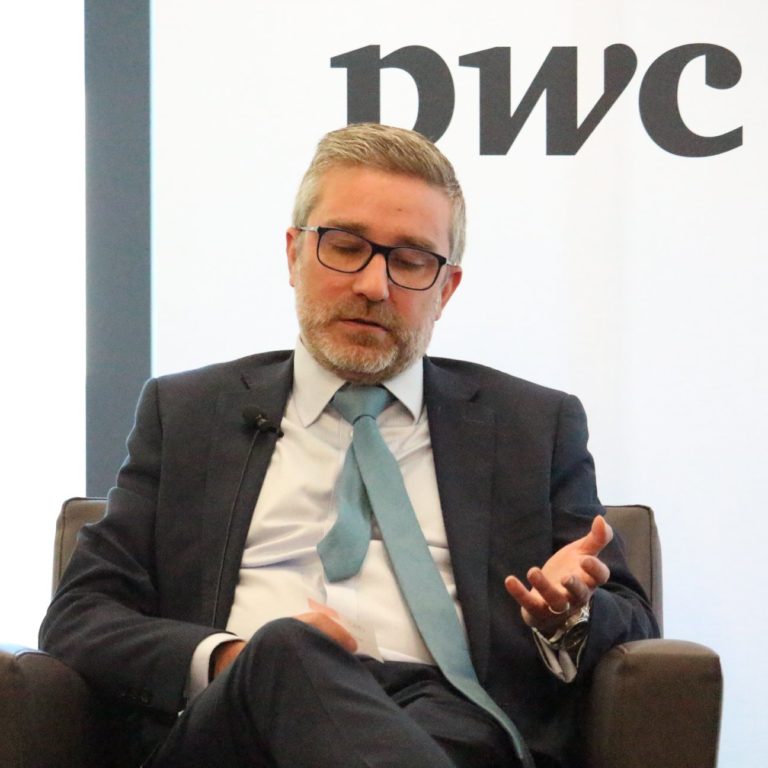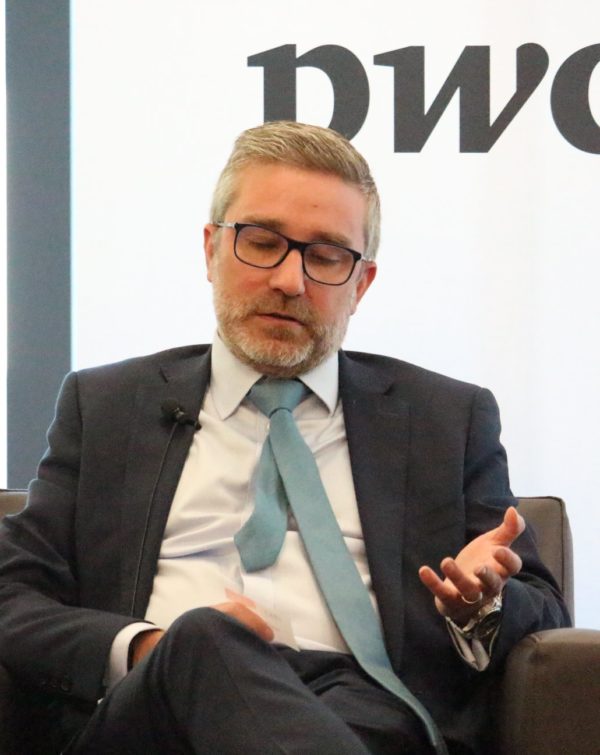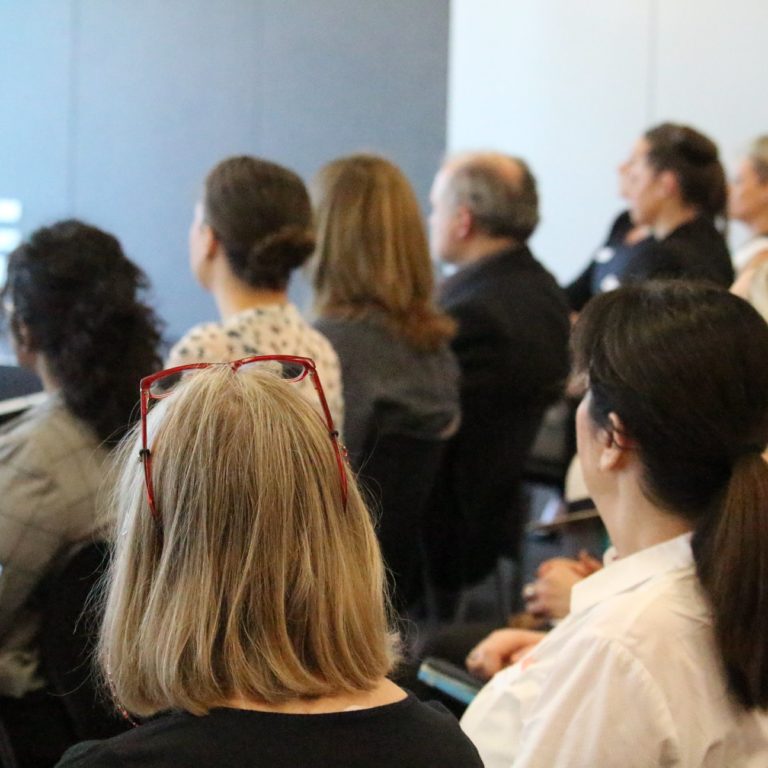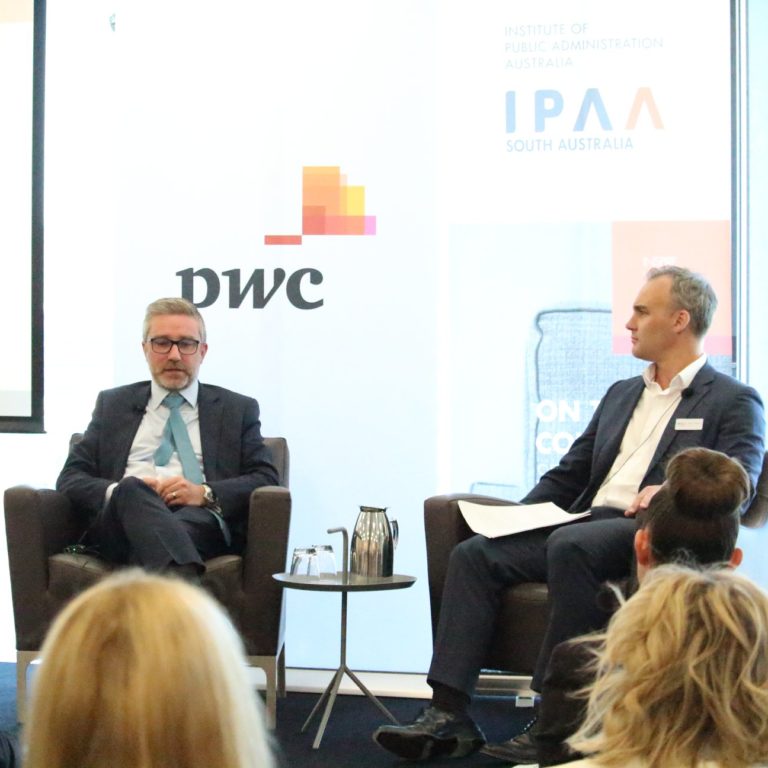In line with the latest advice from government and health authorities, IPAA SA has suspended our face-to-face delivery of professional development programs and events to reduce the risk to our staff, facilitators, partner organisations and particularly our members, many of whom deliver or manage important frontline public service.
The safety and well-being of everyone is our priority and our decision is effective immediately.
We are investigating alternate methods of delivery of our professional development programs. We are also developing new ways to connect you with leaders including our Virtual on the Couch Series and webinars bringing you information to help you through this turbulent time.
Those who have registered to attend a specific program or event will be contacted individually.
IPAA SA regrets any inconvenience this may cause. Our priority in making this decision is the health and well-being of everyone.
In the meantime, please stay safe and well. We look forward to welcoming you to programs and events in the future when it is deemed appropriate and risk-free.
For more information on COVID-19, please visit the Australian Department of Health or the SA Health Latest Updates on COVID-19.
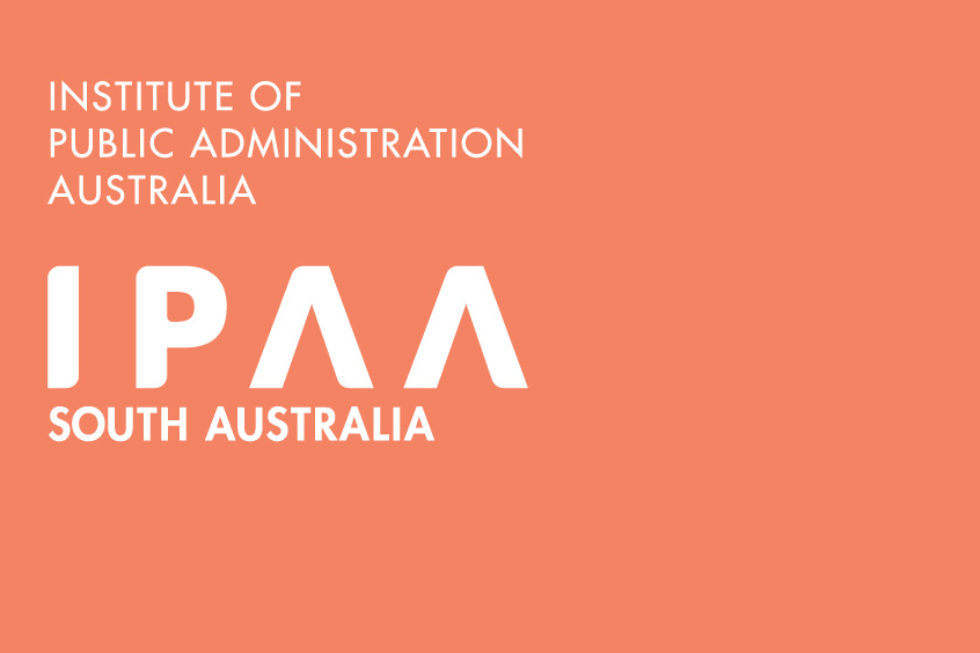
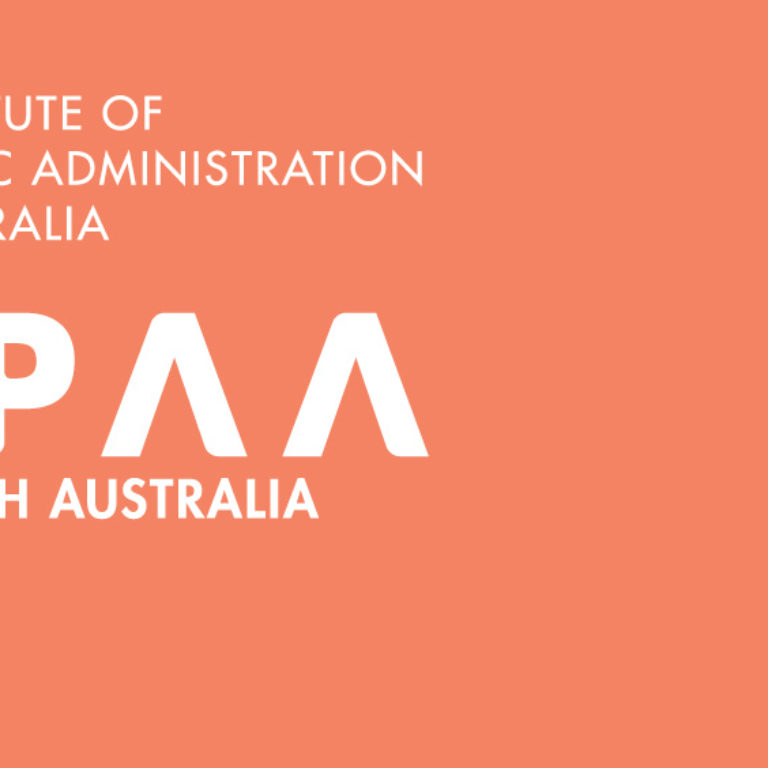
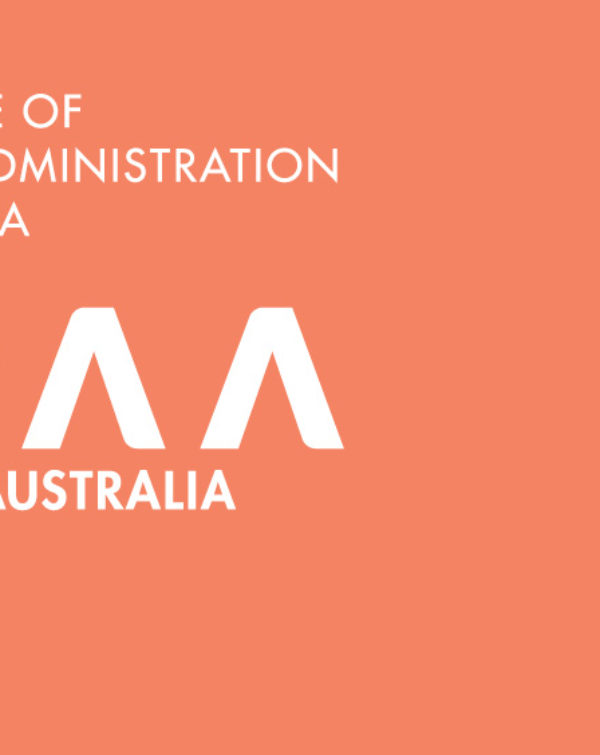
A Core People Practices and Supplier Expo that linked a panel of Group training Organisations (GTOs) with agency representatives was held recently. The Expo, which supported the Skilling SA Public Sector Project was an initiative of the Commissioner for Public Sector Employment and was assisted by IPAA SA. The expo linked SA Government Providers for Human Resources (HR) Systems and Group Training Organisations (GTO’s) with agency representatives to facilitate improved HR System capabilities and support the Public Sector Project.
Under the Skilling SA Public Sector Project, GTO’s are now available to assist State Government agencies in the recruitment of apprentices and trainees and partner with Agencies who will host trainees and apprentices.
To commence the day’s proceedings Jack Buckskin gave a moving ‘Welcome to Country’, with Commissioner Erma Ranieri, sharing her enthusiasm for this unique opportunity for collaboration and opening the expo to representatives and suppliers.
Shelley Willsmore, Chief Human Resource Officer at OCPSE also addressed the audience and highlighted the importance of a shared vision for future recruitment and talent management for the public sector. As part of her speech Ms Willsmore explained the importance of planning to cater for the changing and evolving nature of the workforce.
As part of the Expo, representatives were engaged in two workshops gathering ideas and input across agencies and additionally having the opportunity to engage with suppliers exhibiting on the day.
These workshops were facilitated by Public Sector Innovation Lab as part of addressing key issues identified through the ‘2018 I WORK FOR SA YOUR VOICE SURVEY’ and the resulting ‘South Australian Public Sector Action Plan 2019-20’.
The first workshop was led by Dan Butler from the Public Sector Innovation Lab, and here representatives explored how innovation and creativity can be applied to determine a best practice framework for recruitment at all levels across the sector. In this interactive workshop, each group was encouraged to put forward ideas and needs from their own agency and how to identify the barriers to achieving best practice.
The second workshop focused on leadership capability and talent management and was led by Jessica Lynch and Aaron Shepherd from OCPSE. Here representatives examined current views on leadership development, and discussed the future of good talent management, identification and development for employees at all levels across the public sector.
In the coming weeks the outcomes and feedback will assist in furthering the South Australian Public Sector Action Plan.
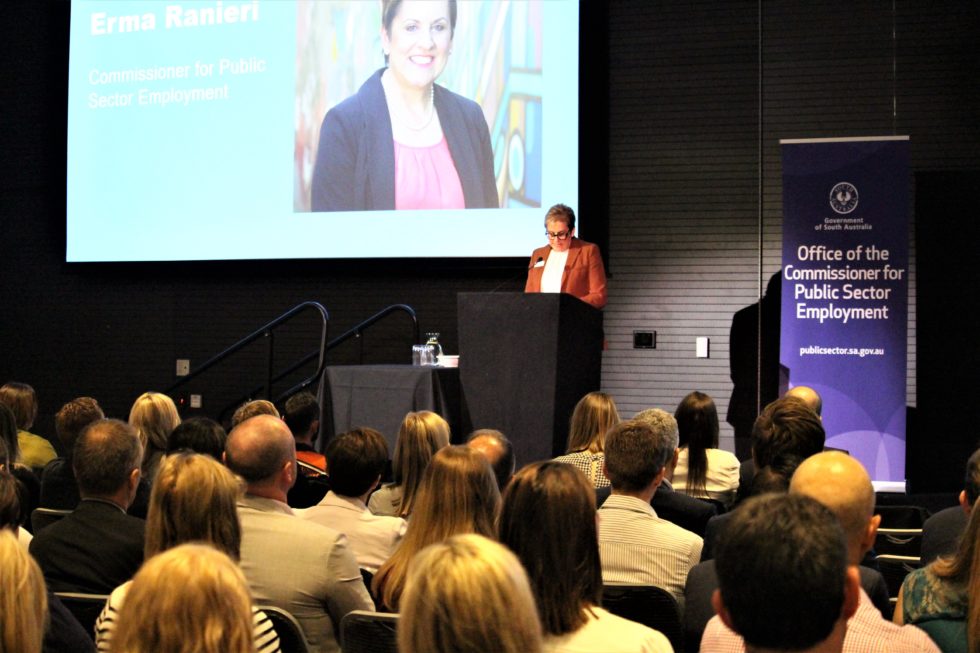
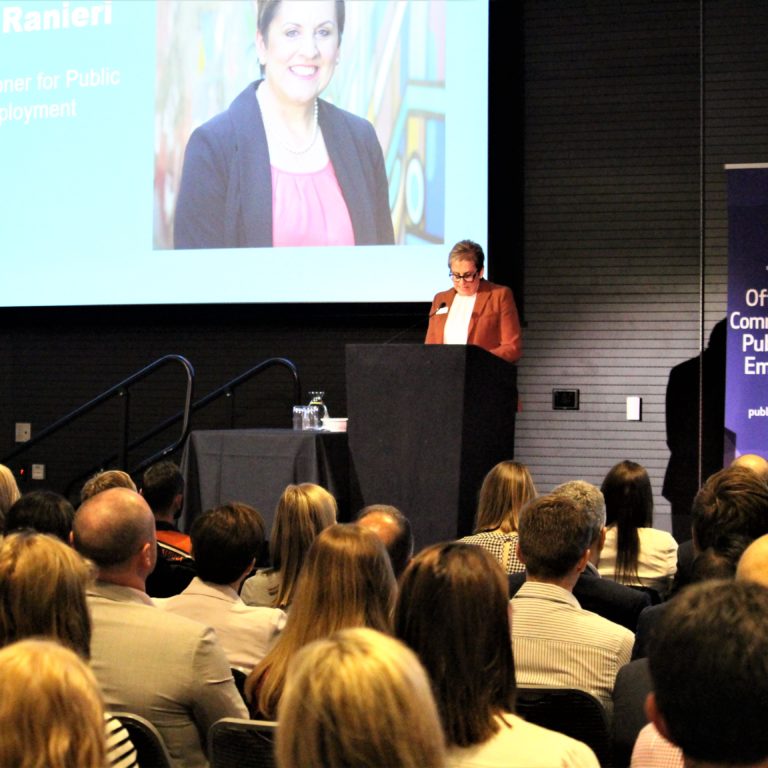
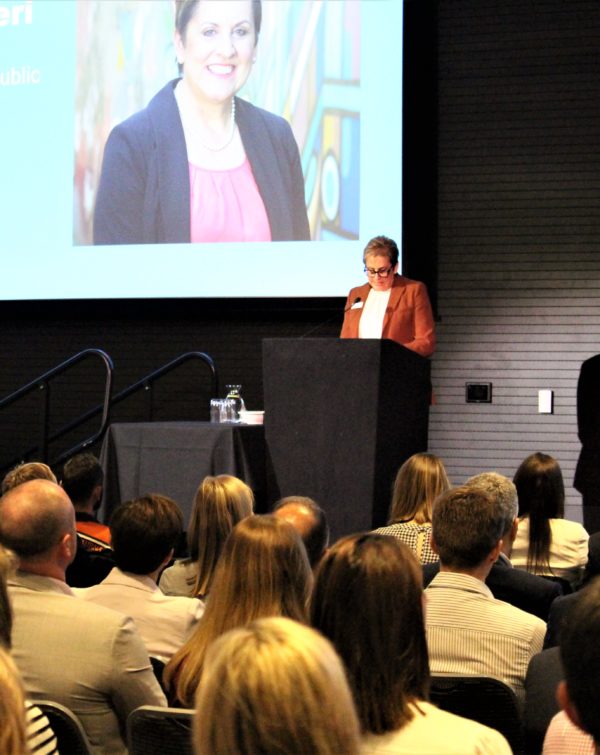
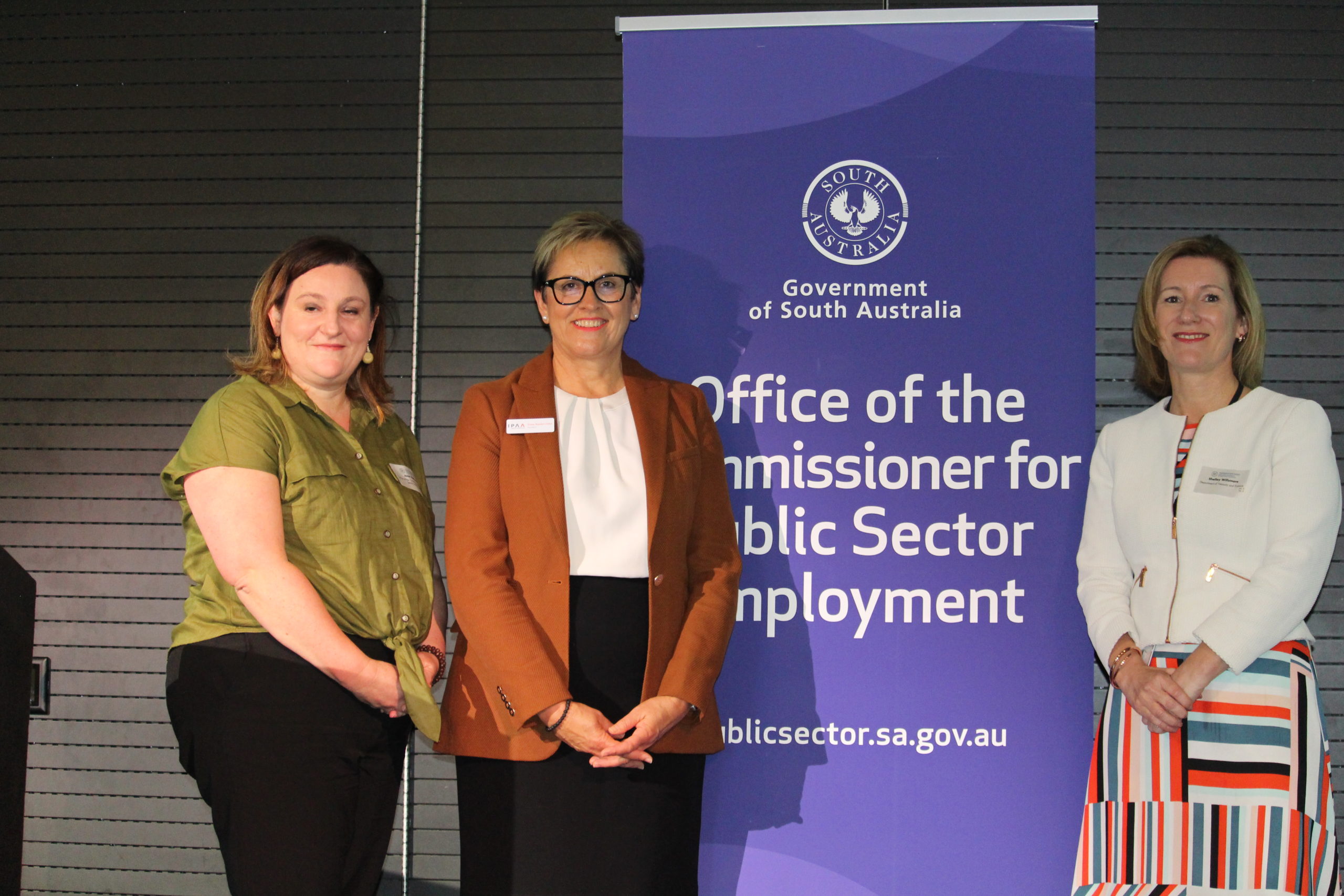
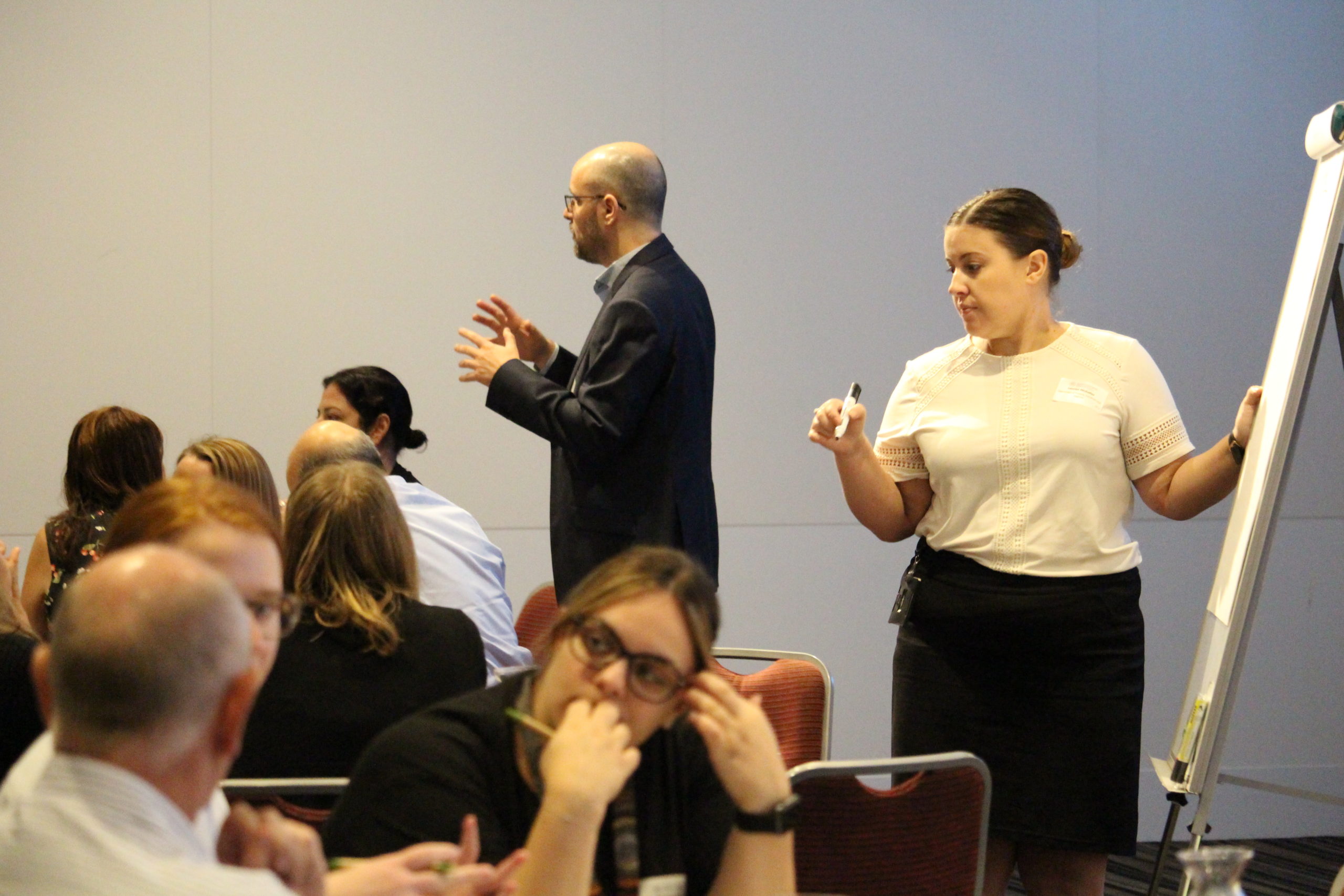
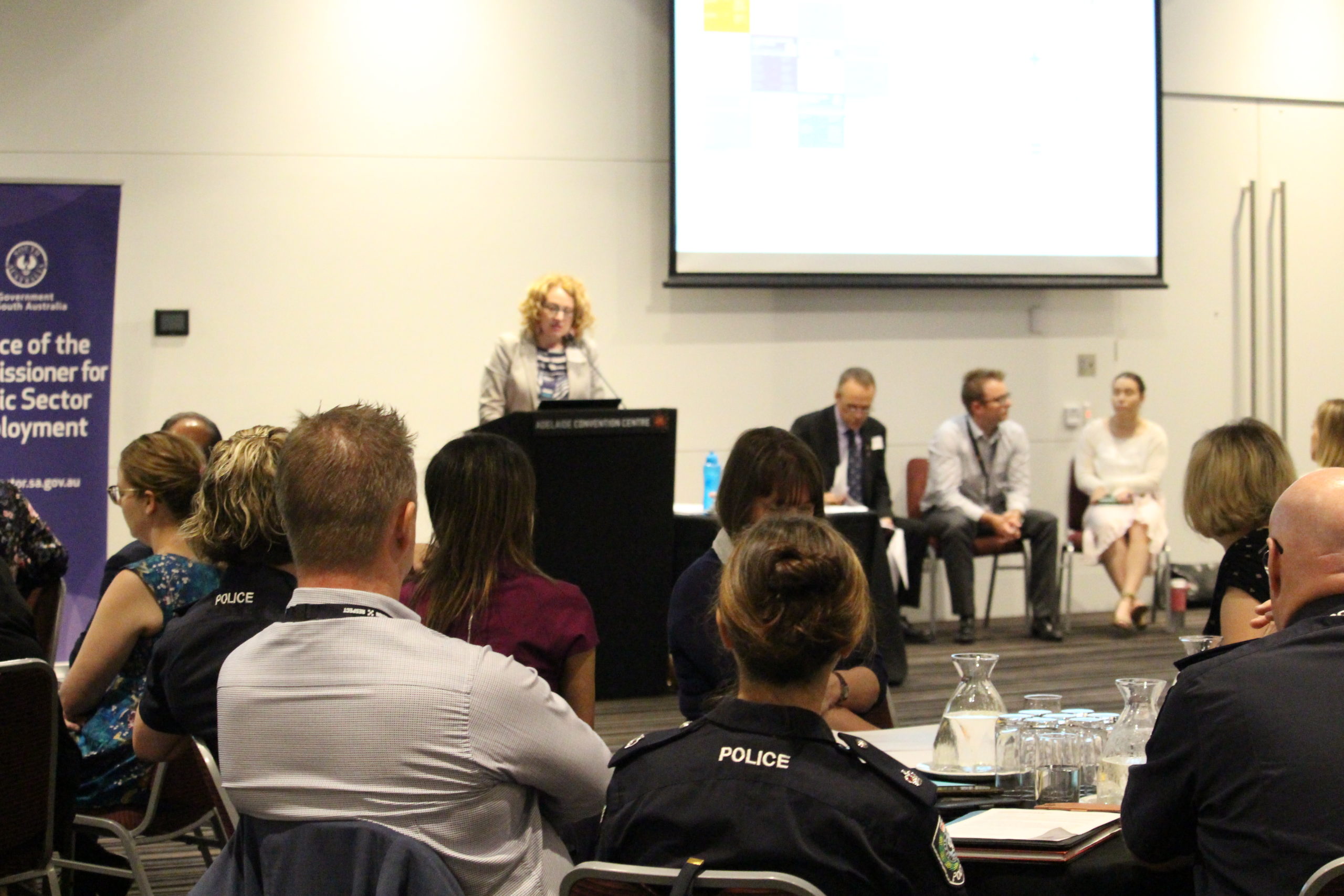
As the Australian Government edges closer to releasing a bill for the establishment of a Commonwealth Integrity Commission, it seems timely to look back at what a former Governor-General — the Hon. Sir John Kerr KCMG KStJ QC — had to say on ‘The Ethics of Public Office’ in his 1974 Garran Oration.
To provide some historical context, Sir John delivered the Oration at the national conference of the Australian Regional Groups of the Institute of Public Administration on 11 November 1974, exactly one year before his dramatic dismissal of the Whitlam Government on 11 November 1975.
Putting the drama associated with the dismissal to one side: what did Sir John have to say about the ethics of public office that might inform our thinking on integrity in Australian government half a century on?
Continue reading the full article on the IPAA National Website.
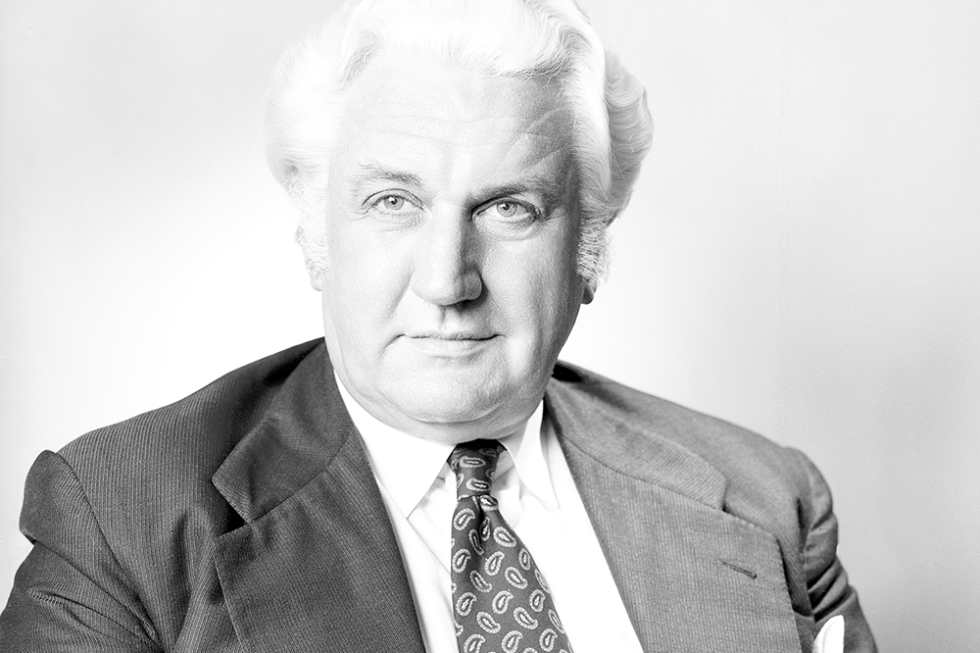
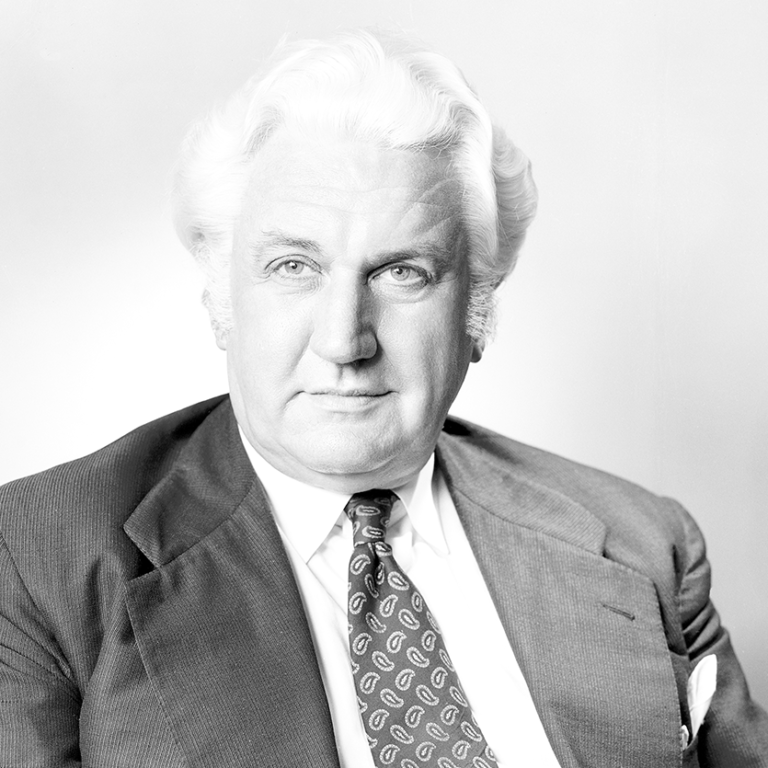
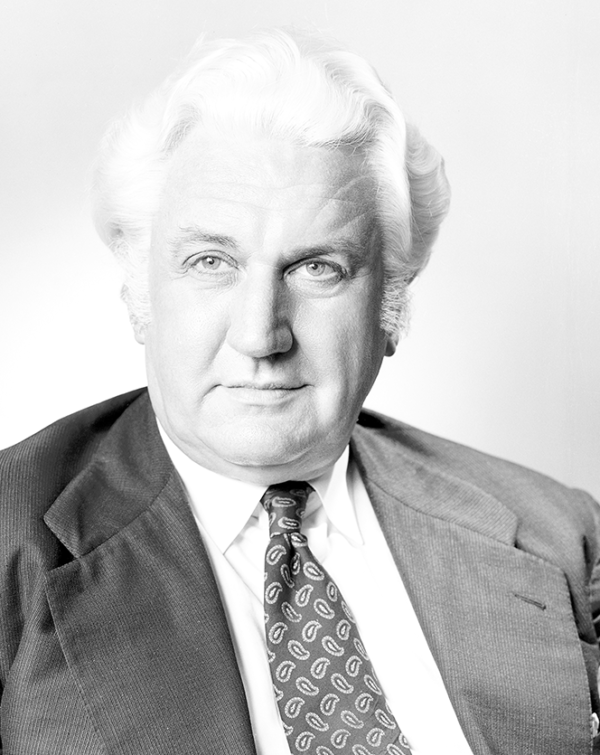
Satya Nadella is a man who has reached the absolute peak of his profession. At just 52 years of age he has been the CEO of global tech giant Microsoft Corporation for almost 6 years.
On 21 November Satya Nadella joined David Thodey AO in a wide-ranging conversation on Ngunnawal Country in the Great Hall at Parliament House in Canberra. He spoke with an audience of Australia’s most senior leaders from the Australian Public Service, the ACT Public Service, professional service networks and tech firms.
The IPAA ACT luncheon was hosted by Renée Leon PSM, Secretary of the Department of Human Services, representing IPAA ACT President and the Secretary of the Treasury, Dr Stephen Kennedy PSM, who was travelling interstate with the Treasurer.
Despite the extraordinary success Microsoft has achieved under Satya Nadella’s leadership — a fourfold rise in its stock price being but one KPI — it is clear from his energy, passion and moral compass that his ambition for Microsoft, and the role it can play for the good of society, is unconstrained:
— The sense of purpose and mission of Microsoft under Satya? To empower every person and organisation on the planet to achieve more.
— Its mindset? One of growth.
— Its culture? One which seeks to ‘learn it all’ rather than to ‘know it all’.
Satya reflected on an important lesson he learned while playing for his high school cricket team.
He had just finished a spell of off-spin — ‘bowling some real trash’ — and was replaced by his captain who brought himself on to get a breakthrough.
What surprised Satya was that as soon as the wicket had been taken, his captain threw him back the ball. Satya went on to get some of the best returns in his life.
It was a lesson he has given a lot of thought to.
Some years later he had the chance to ask his former captain, ‘Why did you bring me back on?’. His answer? ‘I needed you for the season’.
‘Here is a high school captain that is thinking about all the people on the team and… figuring out that there is such a thing as “confidence” and how to build it up in the team… you know, take the risk… it’s a pretty interesting thing…’.
This lesson has informed his personal leadership style. He explained the three qualities of leadership that he uses as a mirror:
‘One of things that I think leaders innately do is… they come into situations that are ambiguous, uncertain, and bring clarity.
…Bringing clarity is a super important quality, where none exists, of leaders.
And another attribute is leaders innately bring energy — when you need a leader you know this, they’re infectious.
Sometimes you say, “Oh, my team, my department is great, everybody else sucks”. That’s not, again, leadership.
It’s about creating energy all around you, not just within your immediate vicinity. That’s another metric/measure/quality that I hold myself responsible for.
The last one perhaps is the defining attribute because leaders are people who have the capability of taking what is essentially an over-constrained problem and figuring a path through it… and how to solve hard problems when the solutions are not obvious…
Clarity, energy… and being able to deliver success are a good way… [to] hold yourself accountable as a leader.’
The Australian Public Service employs around the same number of people as the Microsoft Corporation, over 140,000 people. Satya was asked what any large organisation could do to change, adapt, renew and reinvent itself.
‘Long-term systemic change is hard…
It comes from being deliberate about how you bring about change: change that accommodates for what is a changing society and changing needs and — in our case — I’ve thought about it at three levels…
The first thing is the case for change is always made because there are new concepts… Ultimately it doesn’t happen in a vacuum, it happens because there is a new need, there is a new concept that is virtuous in its inherent quality.
Now the interesting thing is, the new concept comes with the foundational challenges: you need new capability.
…It’ll require two departments to build a better collaborative culture — like data, how data is shared across the departments to serve citizens more effectively.
…So, there’s new inherent capability that needs to be built, in order to go after this new concept, but here is the foundational challenge… What allows you to build that capability, that gives you even the ability to go after the new concept? It’s culture.
Unless you have a foundational cultural meme inside the system that allows you to build these capabilities long before they’re conventional wisdom, you’re never going to be able to keep up with times and that I think is the hard challenge…
From Ancient Greece to modern Silicon Valley the one thing that has brought civilisations and companies down is hubris.
It all comes down to “How do you have a culture that doesn’t propose that you know it all but you are positioned to learn it all?”.
…A growth mindset, confronting your set mindset… [is the meme] we adopted as our cultural foundation.
…It’s a hard thing… it’s about having the courage to confront your own fixed mindset…
Change and culture — where you have that learning posture — is probably the ultimate challenge in bringing about that systemic change, because that’s what’ll allow you to build capability long before you need it; that formula will really allow you to go after new concepts which are going to have a huge impact.’
Australia’s National Disability Insurance Scheme is progressively rolling out tailored support packages to meet the individual needs of an estimated 460,000 Australians under 65 years of age with a permanent and significant disability. David Thodey described it as ‘one of the most ambitious programs going on in the world’.
The issue of supporting those with a disability is one that the United States Government has also addressed through the Americans with Disabilities Act. It is a highly personal issue for Satya and his wife Anu: their eldest son Zain, now 23, was born with severe cerebral palsy having suffered asphyxiation in utero.
Satya’s enthusiasm for new breakthrough technologies that Microsoft is leading to assist those with disabilities was palpable:
‘…If you take the raw capability of something like Eye Gaze — in Windows we just built in this technology where you can now touch-type effectively with your gaze.
So, if you have say, ALS [Amyotrophic Lateral Sclerosis, also known as motor neurone disease] and you want to communicate, you can with just your gaze’s input — it’s a breakthrough.
Now if you’re a middle school kid who has dyslexia… with machine learning and comprehension technology — in Word, in Edge, in OneNote — you have the ability as the dyslexic person to be able to read because you can change font sizes, the spacing: that kind of personalises it.
So, if you can change education outcomes for middle school children, you change their economic opportunity long-term.
Those are the types… if you are visually impaired you can interpret the world with computer vision.
These are absolutely breakthrough technologies that are going to get more people to be included in our society and find economic opportunity in civil service, in public/private sector, and so we want to take advantage of that but we also need to be completely grounded in the unintended consequences of all these computer technology breakthroughs as well.’
Satya was also emphatic on the need to drive inclusion in the workplace: ‘Every manager, every leader, needs to show up every day and demonstrate inclusiveness.’
In answer to a question from the floor put by Narelle Luchetti — Head of Digital Economy and Technology Division of the Department of Industry, Innovation and Science — on making workplaces more inclusive through technology, Satya said that the best way to design for inclusion was for organisations to have diversity of employees. The pressure for technology companies to provide assistive technology had rightly come from policy makers setting the bar high: Microsoft used to tick the box for accessibility; now he is seeing inclusiveness leading a renaissance at Microsoft in universal design.
Collaboration on new forms of data capture and analysis — through drone and AI capabilities combined with the traditional ecological knowledge of Indigenous Australians — was showcased in the screening of the video Preserving Kakadu National Park which describes an innovative partnership between Microsoft, CSIRO and the traditional owners to identify and manage the invasive environmental weeds threatening the habitat of Magpie Geese and other native species at Ubirr within Kakadu National Park.
Deborah Anton — Interim Data Commissioner, Department of the Prime Minister and Cabinet — also quizzed Satya on his thoughts about how doing more with data can engender public trust and particularly in finding a balance between taking opportunities and pushing too hard.
In answer, Satya flagged that the 4th Industrial Revolution is all about data and its dividend, begging the policy questions:
— How is this dividend distributed?
— What is the value exchange?
In the public sphere the responsibility on government, and the dividend required from its use of citizens data, may be the delivery of better services.
Satya also described two tech business models: those built around platforms — such as Microsoft’s Azure — and those who built around trade in data, the aggregators. The natural governor of data aggregators as he saw it was citizen data rights.
He also touched on the new frontier of AI ethics, arguing forcibly that society should not abdicate control over this technology.
‘Let’s make a design decision that we’re going to have AI that augments human capability… and that’s a policy decision you can say…
In fact, I sort of say “today already we have algorithms out there in the world, that are somehow hijacking our attention”. In fact, if anything, I want to use the latest and greatest AI breakthroughs to put back my own attention in my control.’
From a Microsoft perspective, as a ‘productivity company’, Satya described how they had developed a set of principles, to help the engineering practices of AI, and of values — fairness, robustness, privacy and security, transparency, accountability and so on — upon which their principles were based.
Ultimately, in addressing this fundamental ethical issue, Satya argued that having diversity amongst the engineers, designers, product managers building a product meant that it would be ‘more representative of what the world needs because all their multiple interests will be brought to bear’.
Two questions from the floor triggered an expansive response from Satya.
Dr Steph McLennan, an IPAA Future Leader and Antarctic Geoscientist with Geoscience Australia, asked Satya to share a key aspect from Microsoft’s transformation that could be employed by any public sector organisation.
Satya described how he saw Microsoft’s job as being to meet the unmet and unarticulated needs of its customers. He suggested that government ask itself what institutional mechanisms it could put in place where its expertise — from across government — could be brought to bear to solve some of the most pressing challenges.
And Tom Hogan — another IPAA Future Leader and analyst with Treasury — asked Satya for his insights on how the public sector could more effectively tap expertise from outside the sector to help drive change and solve complex problems.
Satya observed that the need to focus public sector resources and to use them in the most effective manner, was really about investing in human capital: ‘no amount of exogenous expertise that can make up for the lack of capability inside’.
Satya argued that government needs to determine its core, inherent expertise that is then ‘being refreshed, augmented and upskilled’ — investment that will ‘attract people and bring in the expertise needed’.
The time of the CEO of the Microsoft Corporation is extraordinarily precious but sadly not boundless.
In closing the conversation David Thodey AO gave Satya his heartfelt personal thanks before handing back to Renée Leon PSM to deliver a formal vote of thanks on behalf of everyone in attending.
Satya Nadella delivered much for Australia’s senior public sector community to think on with an unquenchable optimism, intellect and passion.
Of the many insights Satya shared there was perhaps one that may be as enticing as that image of Magpie Geese in flight above the jewel-like wetlands and fantastically weathered rocky outcrops of Ubirr: ‘boundary-less capability’.
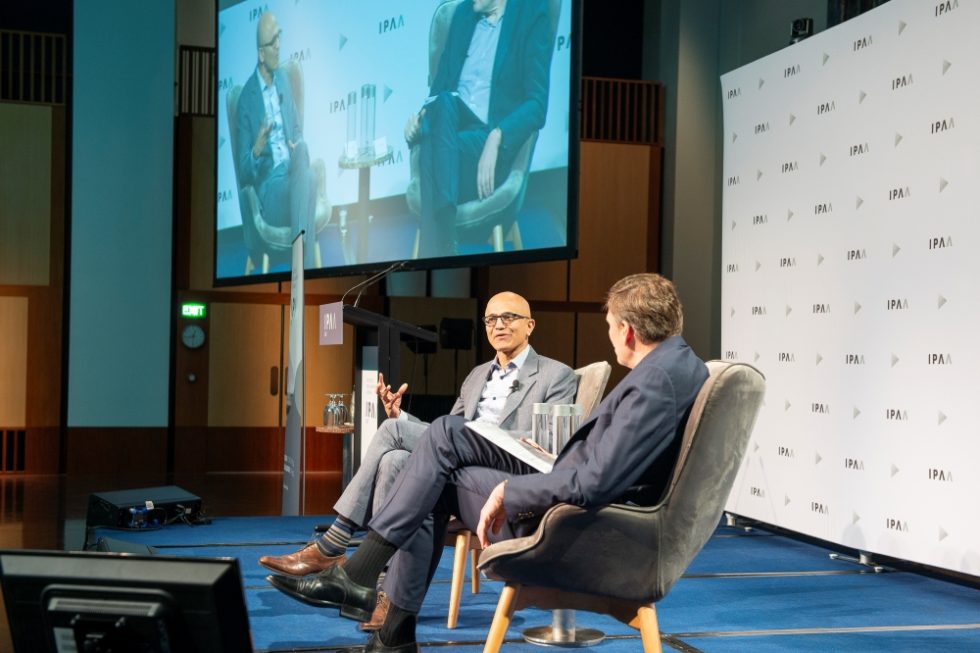
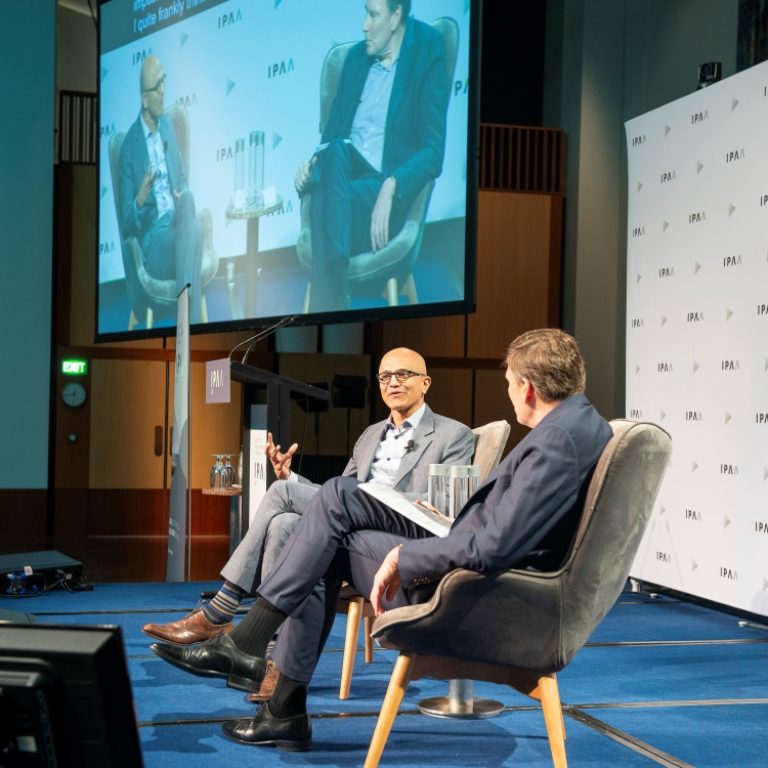
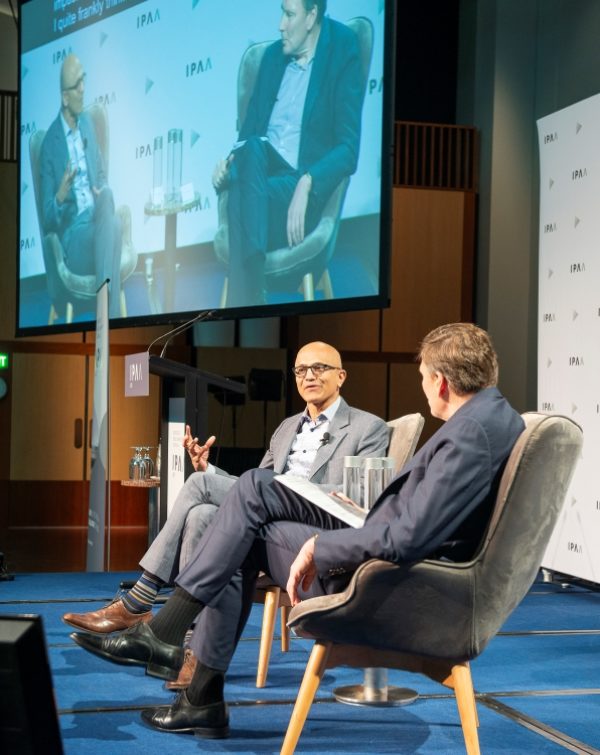
The Prime Minister’s Awards for Excellence in Public Sector Management were announced by the Hon Ben Morton MP, Assistant Minister to the Prime Minister and Cabinet, at a ceremony held on 13 November 2019 at Parliament House in Canberra.
Dr Stephen Kennedy PSM, IPAA ACT President and Secretary of The Treasury, hosted the ceremony and welcomed an audience of about 180 public sector leaders from across Australia and from all levels of government.
Visit the IPAA ACT website to learn more about the winners of each category.
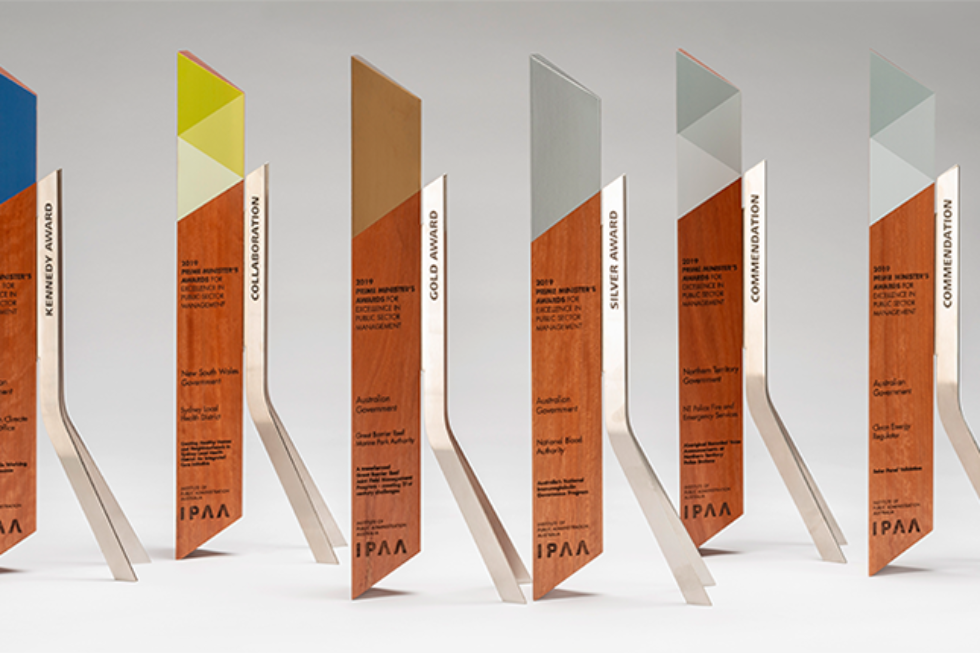
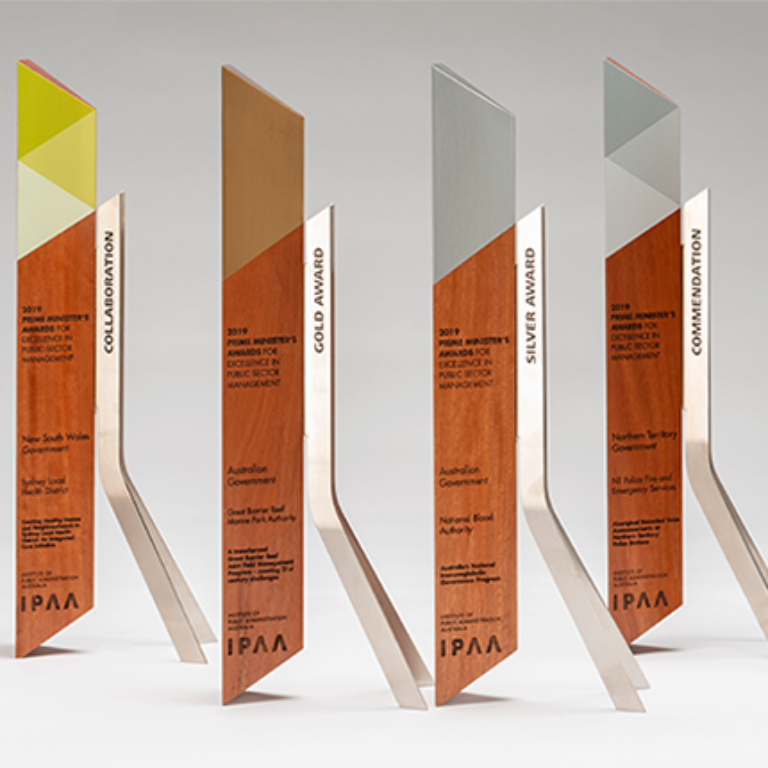
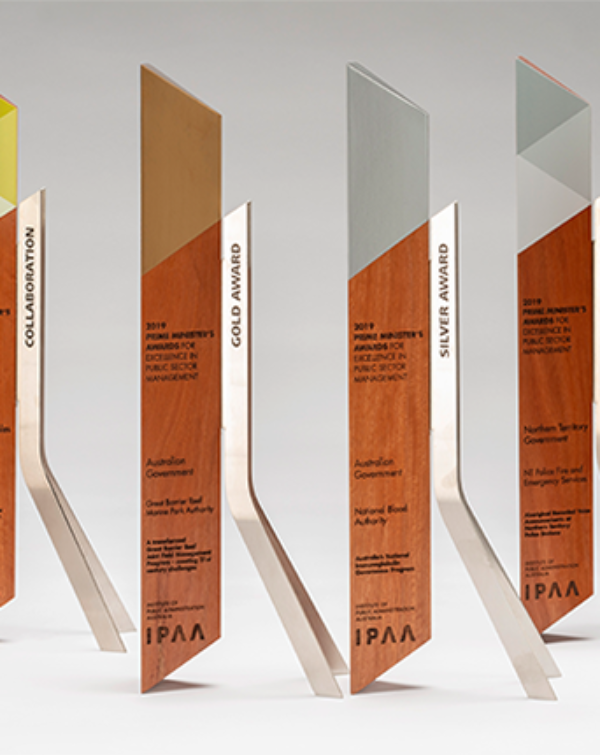
IPAA SA Member and Strategic Advisory Committee Member Donna Robb, has made exceptional contributions to leading a positive change for Aboriginal people in the workplace. Donna was recently the joint winner of the Shirley Peisley Award in recognition of her achievements and commitment to several key projects and innovations which included increasing the Aboriginal employment rate in the Department of Premier and Cabinet from 1.4% to 4.2% in 4 months!
She is now working in the Office of the Commissioner for Public Sector Employment helping, to create leadership opportunities and pathways for Aboriginal people in the public sector through the Aboriginal Frontline Leadership Program. Congratulations Donna.
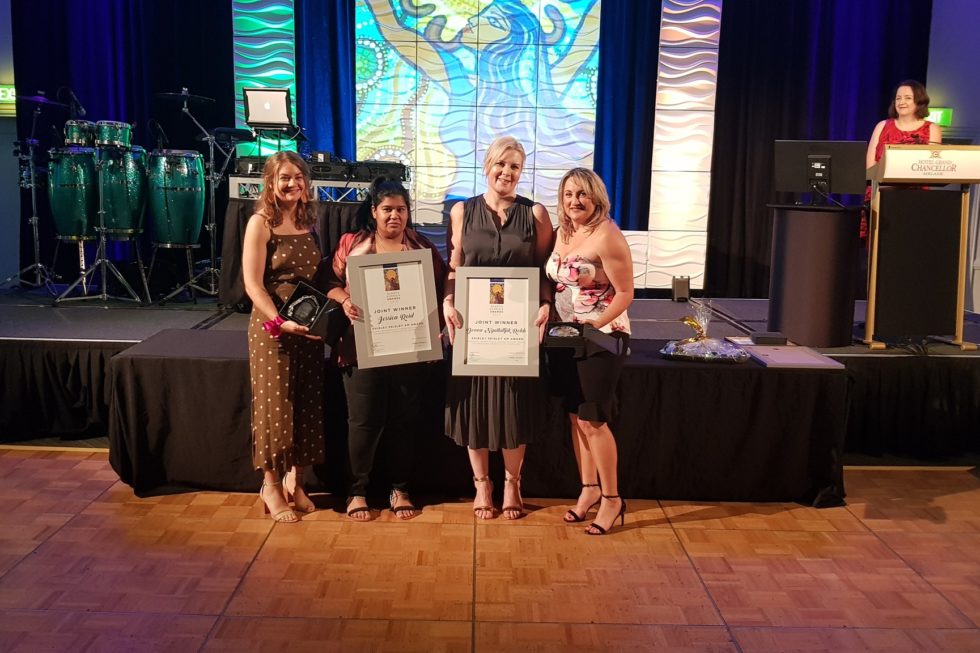
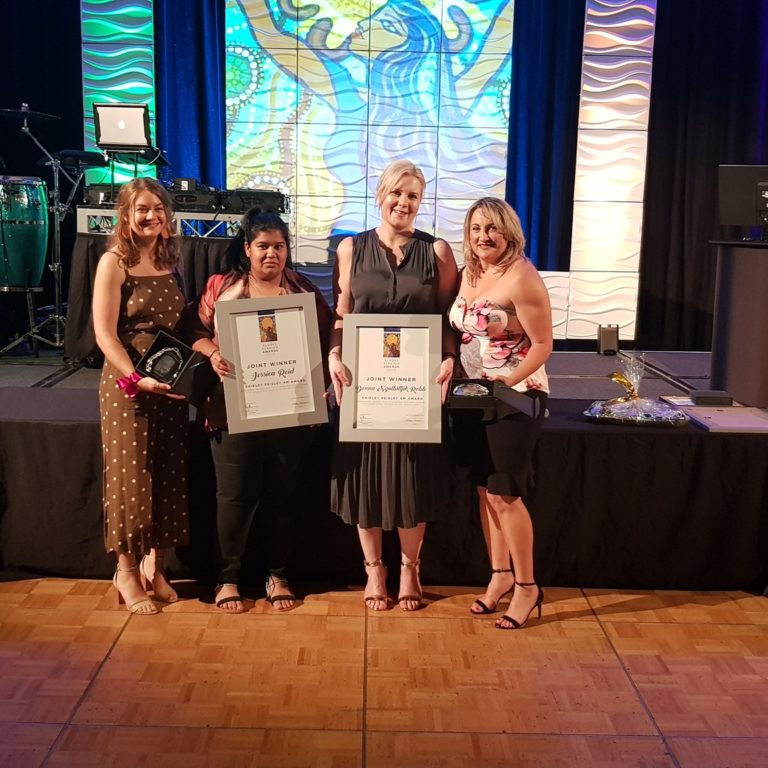
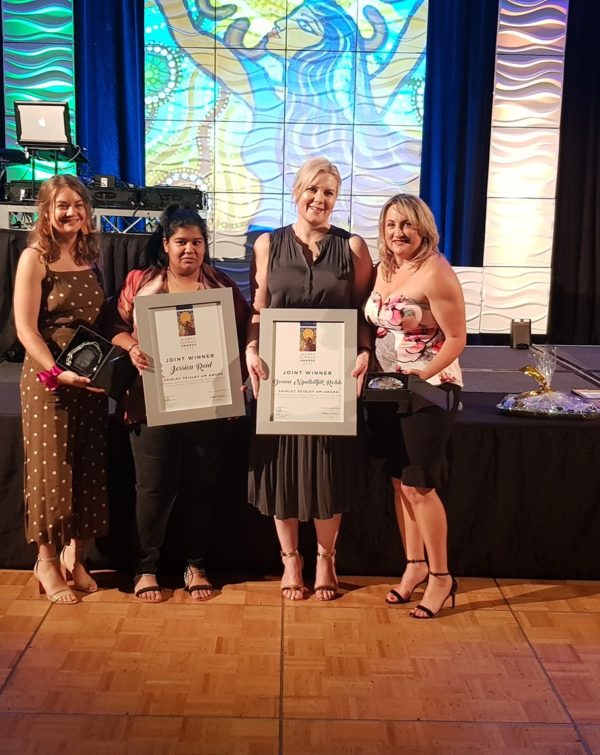
IPAA SA is exciting to be working with Insight Hack and exciting innovation which enables public servants from across Australia to connect over a six-week period and bring their collective policy and implementation experience to bear on some of the most complex and challenging policy issues facing Australia.
Discussion has now opened on three policy challenges — Government in the Digital Age; The Future of Work in Australia: Preparing Australia’s Workforce; and Mental Health: Towards Zero Suicides.
Entry to the challenge is free for South Australian Public Sector employees under the Innovation Lab’s Mindhive membership. For more information on the 2019 Insight Hack visit Mindhive.org/insight-hack.
To receive the promo code for free registration (SA Public Sector employees only) please contact the Innovation Lab via InnovationLab@sa.gov.au.
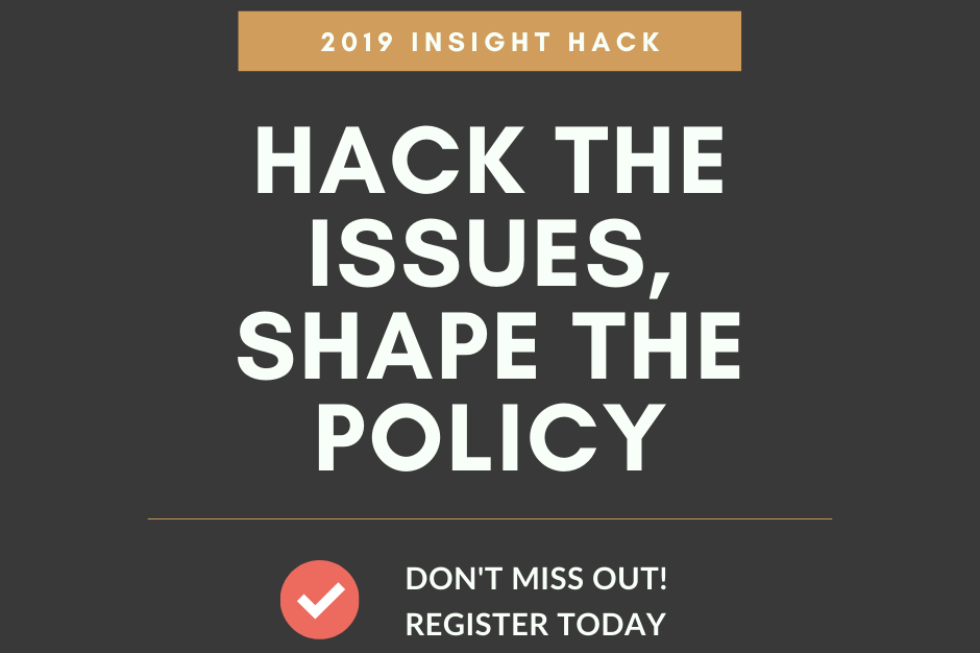
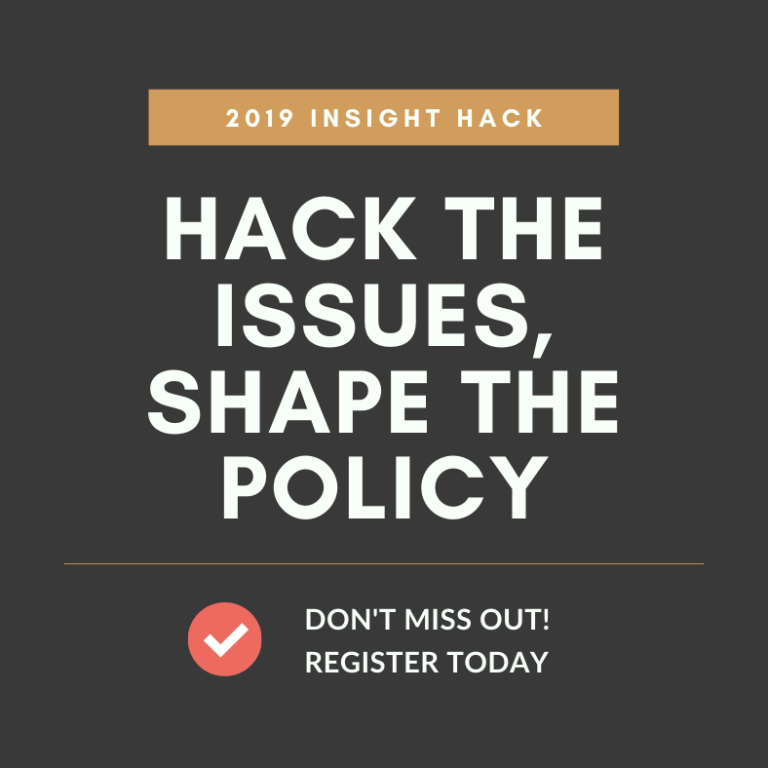
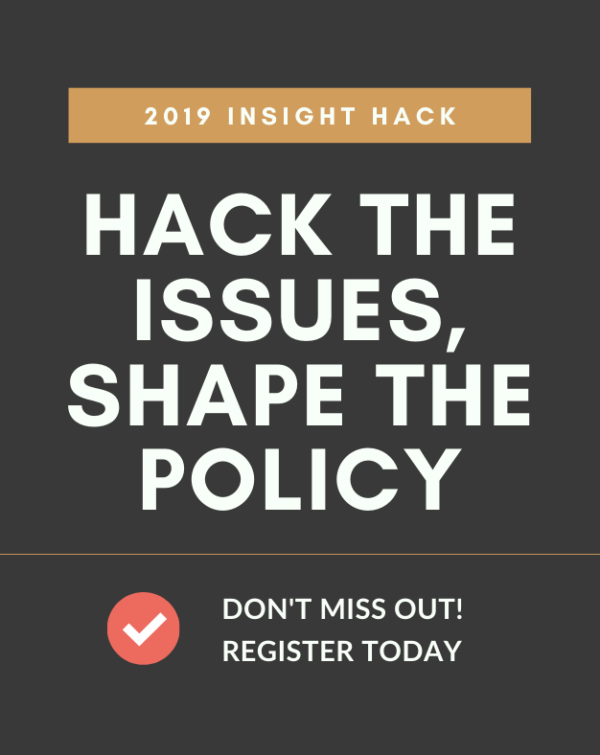
At our Annual General Meeting we thanked Mr Charles Moore as he stepped down as IPAA SA Vice President. Mr Moore has been an exceptional contributor to the success of IPAA SA and an invaluable addition to our Council and committee’s since 2017. Again, we would like to extend our sincere thanks on behalf of our Divisional Council and Professional Members.
This year’s Annual General Meeting (AGM ) was also a great chance to connect and share everything IPAA SA got up to over the 2018/2019 financial year. There was mixed feelings as we farewelled two retiring council members, Charles Moore and Sarah Melin, thanking them for their exceptional contributions, and proudly welcomed two new members to our Divisional Council, Rick Persse, Department for Education, South Australia, and Cathy Taylor, Department for Child Protection SA. We look forward to the insight and experience they will bring to IPAA SA. Cathy Taylor was also recognised at the AGM as an IPAA Fellow, the highest accolade of the institute, in recognition of her exceptional contributions to the best practice of public administration.
We would like to thank everyone who joined us at the AGM as we reflected on what was a great year, and we look forward to another great one ahead.
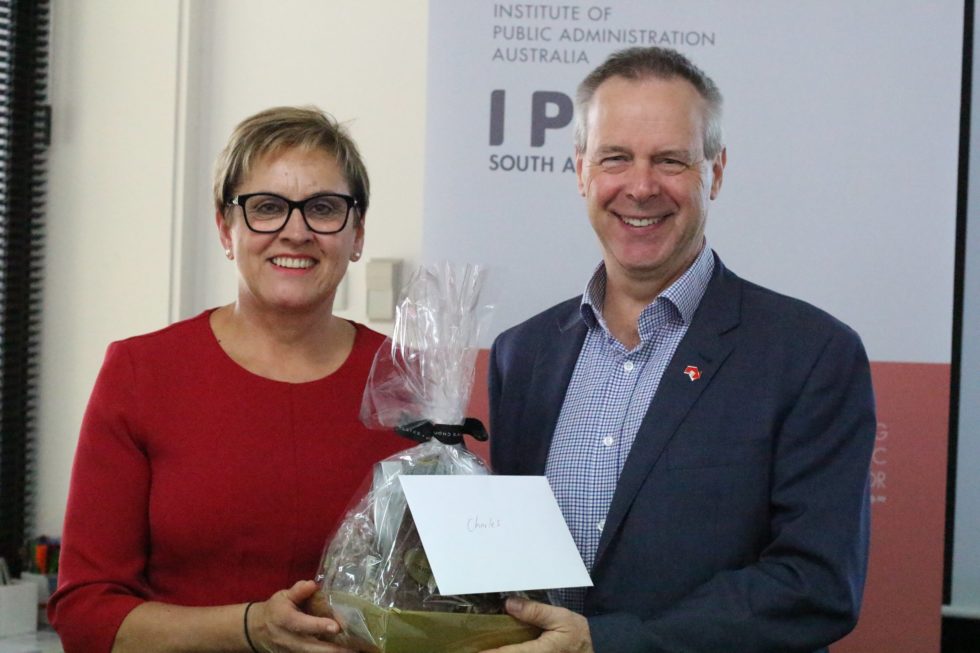
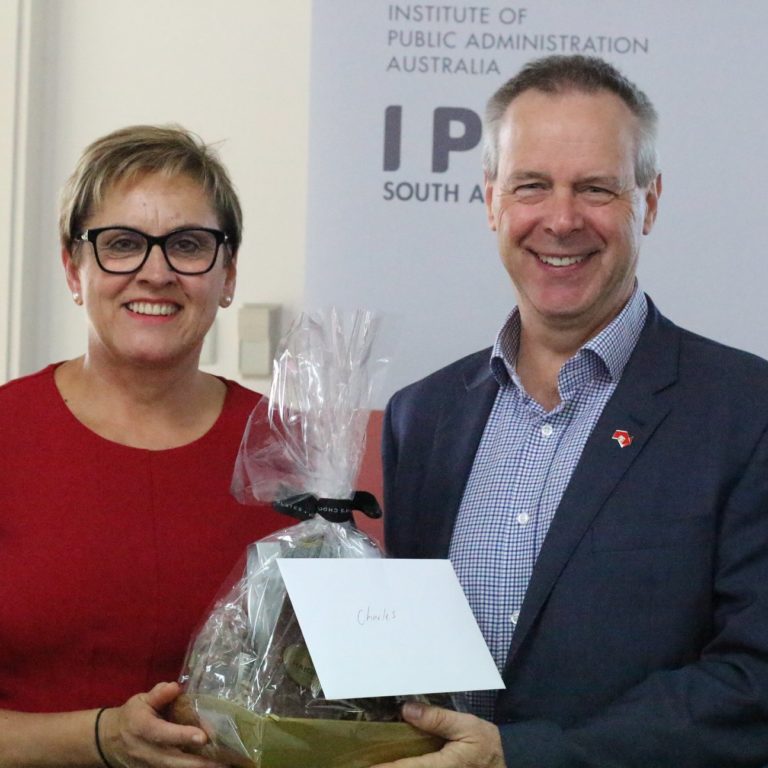
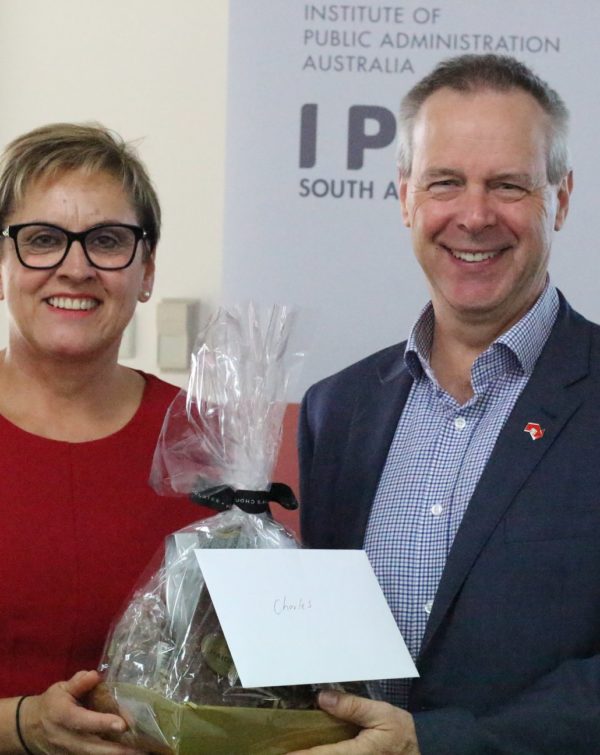
We were excited to partner with the Department of Planning, Transport and Infrastructure to recognise some outstanding contributions from up and coming young leaders.
Congratulations to the recipients of this year’s DPTI Youth Excellence Awards, whose outstanding achievement was recognised yesterday.
The Winners of this year’s awards were as follows;
Emerging Leader of the Year – Scott Wagenfeller
Excellence – Jasmine Flavell
Innovation -Nicklas Abel
Customer Service – Minjie Lee
Safety – Tyrone Hughes
Culture – Maria Zafar
In addition to their award, each winner was presented with IPAA SA Professional Membership and complimentary access to a IPAA SA training course of their choice. We look forward to seeing more outstanding achievements from this cohort of emerging leaders!
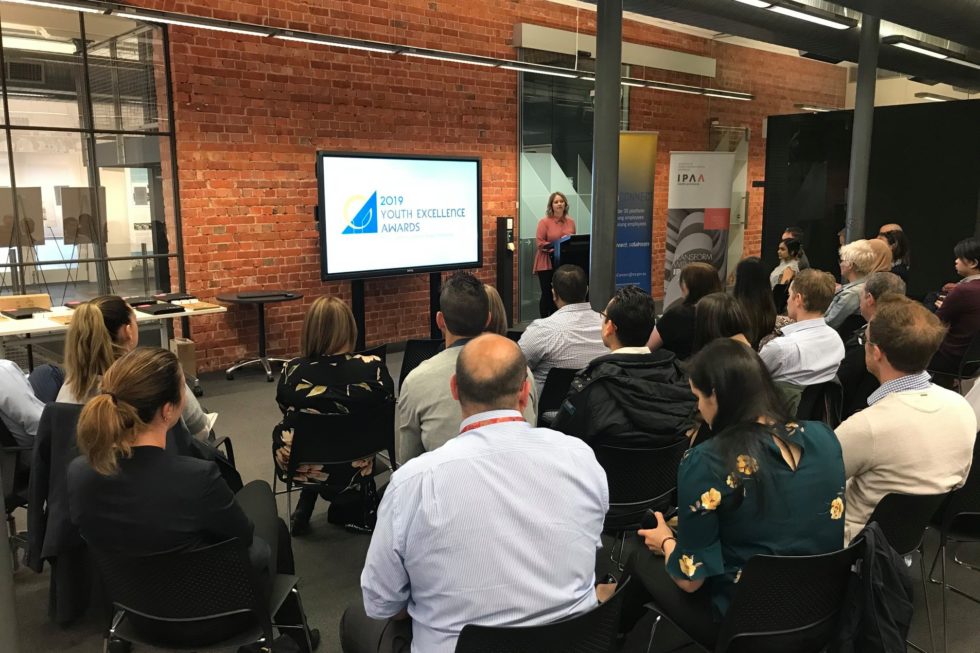
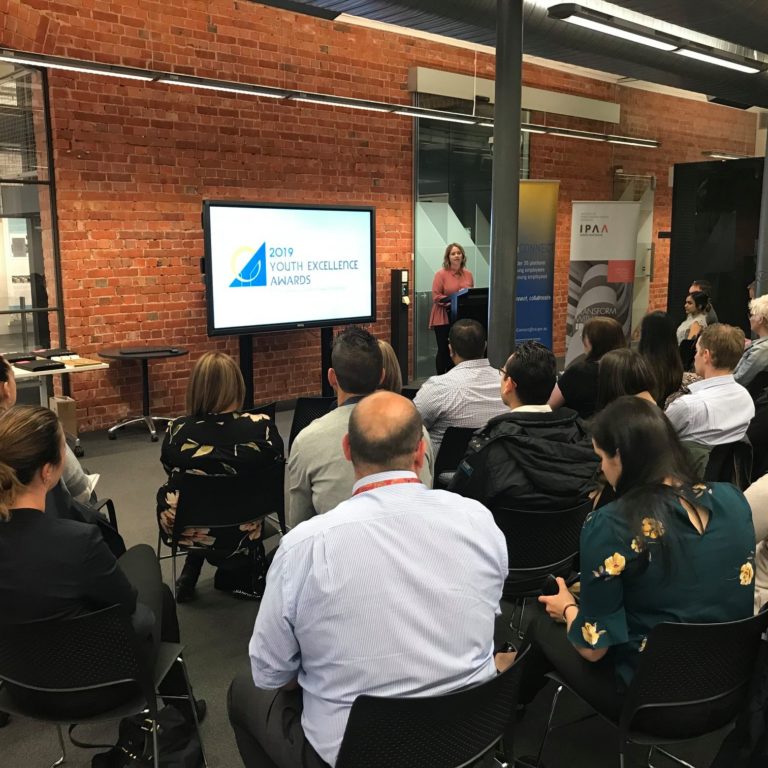
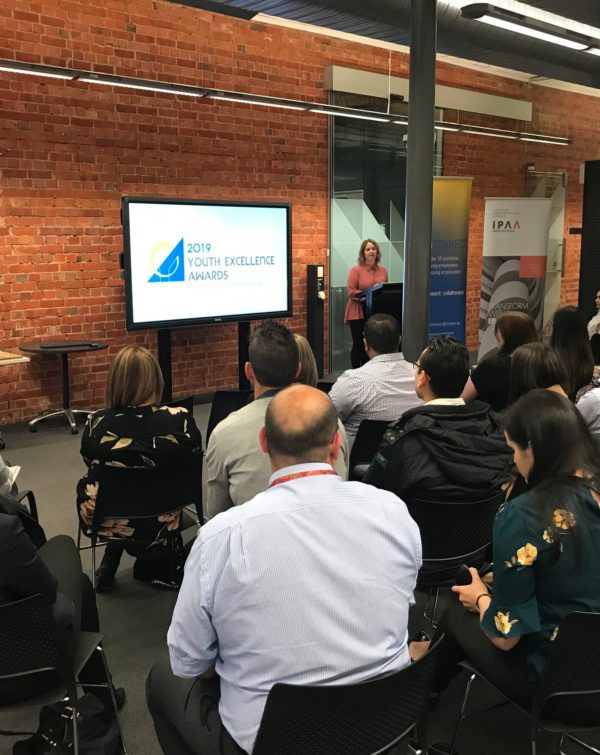
Mr Jeremy Conway shared with us in this On the Couch session, his passion and pride for the role he has stepped into as Chief Executive of Infrastructure SA and leading South Australia’s first 20 Year Infrastructure Plan. Mr Conway highlighted some of the challenges and future opportunities he sees for the state and its infrastructure.
On behalf of IPAA SA and PwC we would like to thank Mr Jeremy Conway for his valuable time as well as Mark Thomson, Partner, PwC for his role as interviewer.
